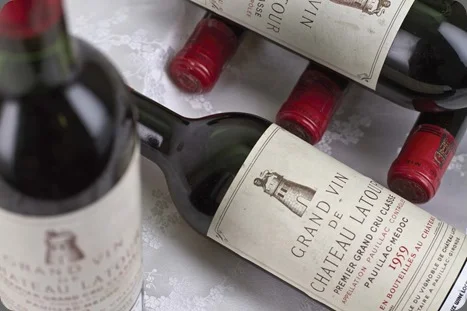Here it is – our annual listing of the best bottles of the year. Uncork a bottle and enjoy as you check out the favorites we reviewed in 2018.
We hope you have enjoyed 2018 as much as we have. We’ve tasted hundreds of wines and visited dozens of wineries. Our travels included a foray to sample the great wines of Washington State and a couple of jaunts to the wine country of North Carolina. After sorting through our tasting notes and piles of empty bottles and corks, we’ve compiled our anticipated 2018 Top Wines list.
Never Miss A Beat – Follow Vino-Sphere On Facebook
We present the list in alphabetical order. An asterisk indicates exceptional quality.
Ad Lucem 2014 Elaina Red, Columbia Valley
Adorada 2016 Rosé, California
Altipiano 2016 Estate Sangiovese Reserve, San Diego County*
Balletto 2014 BCD Pinot Noir, Russian River Valley
Becker Family 2012 Pinot Noir, Pfalz
Bedell Cellars 2017 Taste Rosé, Long Island
Bollina Corte Medicea 2015 'Cletus' Toscana IGT, Tuscany
Bonterra 2015 The Roost Blue Heron Vineyard Chardonnay, Mendocino County
Breathless Brut Magnum, North Coast
Brut Jordan Cuvée by Champagne AR Lenoble
Ca’Marcanda 2013, Bolgheri*
Clos du Bois 2008 Marlstone, Alexander Valley
Cremisan Wine Estate 2014 Star of Bethlehem Baladi, West Bank
Domaine Artefact 2017 Rincon del Diablo, San Diego County
Dry Creek Vineyard 2013 Meritage, Dry Creek Valley
Duckhorn Vineyards 2015 Napa Valley Merlot Three Palms Vineyards*
Geil 2015 Bechtheimer Scheurebe Kabinett, Rheinhessen
Hanna 2014 Bismark Moon Mountain District Cabernet Sauvignon*
Hanna 2016 Sauvignon Blanc, Russian River Valley
Hightower Cellars 2014 Cabernet Sauvignon, Red Mountain*
Il Poggione 2016 Rosso di Montalcino
Jezreel 2016 Levanim, Jezreel Valley*
Kenwood 2013 Artist Series Cabernet Sauvignon, Sonoma*
Lambert Bridge 2013 Crane Creek Cuvée, Dry Creek Valley*
LAN 2011 Rioja Reserva
Left Coast Cellars 2017 “The Orchard” Pinot Gris, Willamette Valley*
Lorenzi Estate 2009 Zinfandel Signature Series Reserve Temecula*
Montefioralle Chianti Classico Riserva DOCG 2014
Muscardini Cellars 2013 Rancho Salina, Moon Mountain
Papapietro Perry 2014 Peters Vineyard Pinot Noir, Russian River Valley
Parducci 2005 True Grit Petite Sirah, Mendocino County
Raffaldini 2014 Sangiovese Classico, Swan Creek
Santa Ema 2013 Amplus Old Vine Carignan, Maule
Shadow Springs Vineyard 2014 Petit Verdot, Swan Creek
Sterling 2014 Iridium Cabernet Sauvignon, Napa Valley*
Terra Bella 2008 Estate Syrah, Paso Robles
Three Rivers Winery 2015 Svelte, Walla Walla Valley*
Vignobles Mayard 2009 La Crau de ma Mère, Châteauneuf-du-Pape
Villa Maria 2015 Taylors Pass Pinot Noir, Marlborough*
Villa Maria 2016 Taylors Pass Sauvignon Blanc, Marlborough
Weingut Wittmann Westhofener 2014 Riesling Trocken, Rheinhessen



















